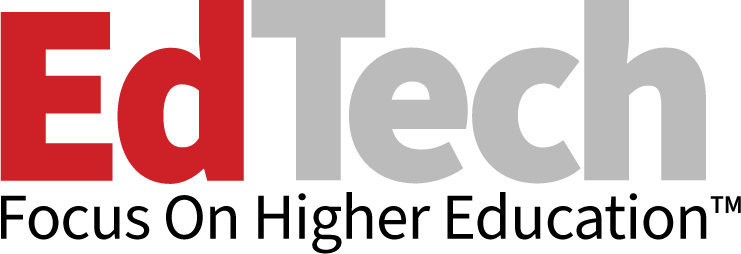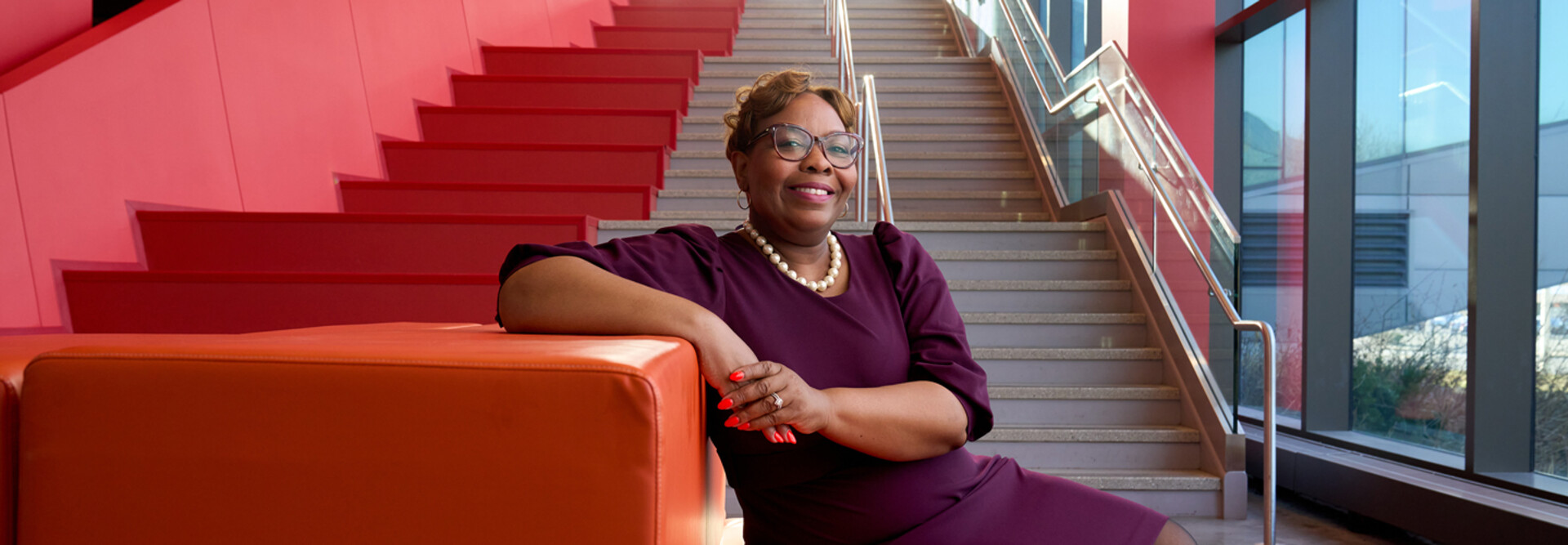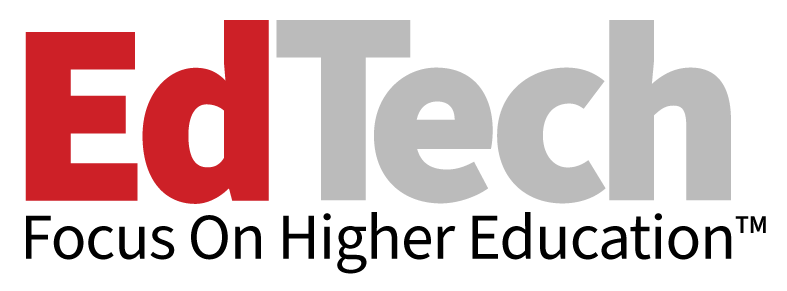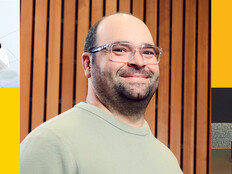City Colleges of Chicago’s Pathways to Professional Success
CCC’s programs are organized to guide students toward the subjects they want to pursue.
“We have very strategic, discipline-specific pathways built out,” says Shavon Taylor-Booker, associate vice chancellor of Early College Programming at CCC. “This includes Jump Start pathways, which are 15-credit-hour basic certificates in career and technical education courses that students take at our colleges. We also have Model pathways, where students can take coursework to prepare for careers in IT, construction, advanced manufacturing and health sciences in their high schools.”
For students taking general education classes and wanting to continue at a higher education institution after high school, CCC has agreements with 39 colleges and universities that will accept Early College coursework completed by CPS high school students. This benefits students by saving them money both immediately and over the long term. Eligible students can attend the classes for free while also completing coursework that counts toward a degree program.
LEARN MORE: The College of Lake County brings manufacturing education to high schoolers.
“We let students know how transfer credits work,” Taylor-Booker says. “‘This course checks this box.’ We really promote that lingo and that understanding of which general education classes students will need to complete a degree.”
Community Colleges Create Economic Nexus Points
CCC is also a partner to a new initiative, Runway 606, a collaboration between CCC, Illinois Institute of Technology and CPS to provide specific pathways for high school students into technology fields, including cybersecurity, by completing CCC Early College coursework toward an associate’s degree, then earning a bachelor’s and a master’s degree from IIT in four years. Runway 606 aims to provide advanced education opportunities to underserved local communities while building a pipeline of skilled labor to meet local business needs.
CCC’s Early College program highlights the valuable role that community colleges serve as economic nexus points, providing skills development for underserved communities. Northern Virginia Community College and its six campuses serve a similar function in their local economies.
“Our local employers are demanding a workforce that has technology skills and is adaptable,” says Cynthia Pascal, associate vice president of e-learning at NOVA. “So, we’ve built a pipeline, from high school to college to the workforce, by developing students with these skill sets.”

